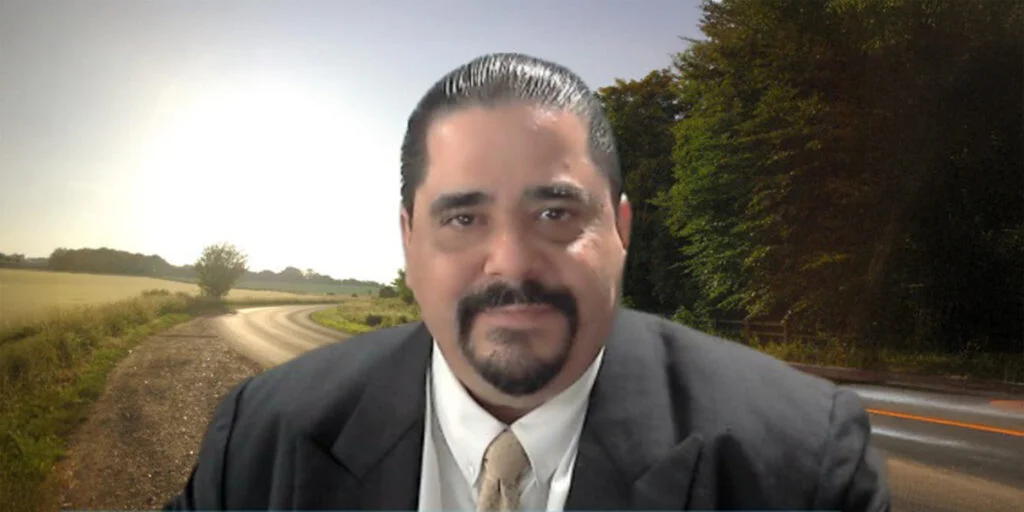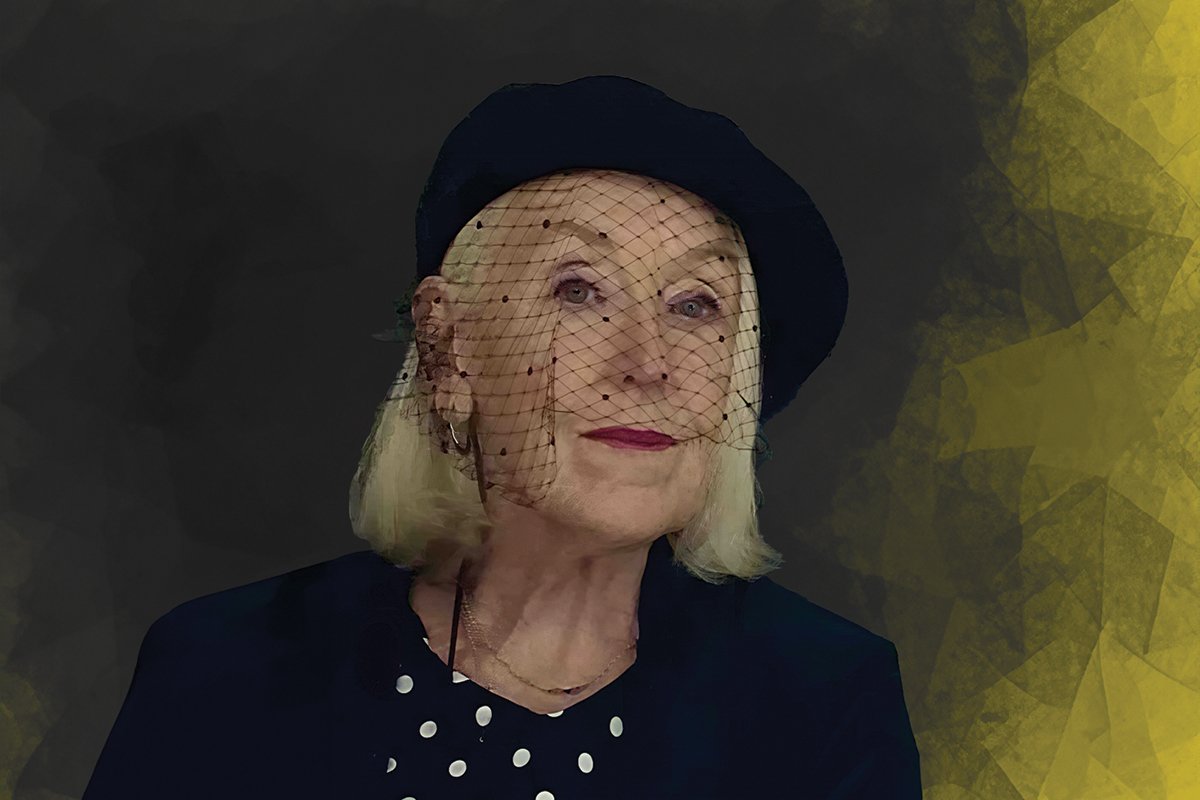Alman D Guide Explores the Mystical Path to Spiritual Enlightenment

PHOTO: Alman D Guide, author and spiritual explorer, shares his journey of blending analytical thinking with mystical wisdom.
Spiritual Wisdom Through Analytical Insight And Mystical Exploration
Author Alman D Guide shares his unique blend of analytical thought and mystical tradition, offering readers a transformative perspective on Tarot, spiritual awakening, and the universal journey of the soul.
Alman D Guide, also known as Alfredo J. Parra, continues to captivate readers with a rare combination of analytical clarity and mystical wisdom. Known for his groundbreaking books The Fool’s Path: A Glance at The Spiritual World and El Camino del Loco: Una Mirada al mundo espiritual, Guide presents spiritual exploration not as an abstract pursuit but as a deeply personal, transformative journey. Through his writing, he bridges ancient teachings with modern consciousness, offering readers both a roadmap and a mirror.
Guide’s spiritual philosophy is eclectic and integrative. Drawing on traditions such as Zen Buddhism, Sufism, Hermeticism, Christian mysticism, indigenous shamanism, and Kabbalah, he weaves together archetypal themes like the hero’s journey, ego dissolution, and the unity of opposites. Rather than offering a rigid doctrine, he invites readers to step into the unknown as co-creators of their own spiritual path—encouraging curiosity, courage, and inner freedom.
Alman D Guide masterfully unites deep spiritual wisdom with clarity, making esoteric teachings accessible and inspiring for modern seekers worldwide.
At the core of his work is the archetype of the Fool, reimagined not as naive but as courageous—someone willing to challenge convention and surrender to a deeper wisdom. “The Fool’s Path is a metaphor for the modern spiritual seeker’s journey toward self-realization,” Guide explains. The Fool becomes a symbol of authenticity, a rebel against societal conditioning, and a guide to deeper intuition and transformation.
In El Camino del Loco, his Spanish-language work, Guide deepens his esoteric exploration with the intent of reaching a broader and culturally connected audience. Writing in Spanish reflects both his heritage and his commitment to making spiritual concepts accessible across language barriers. This decision, rooted in both personal experience and cultural resonance, expands his message to those who might otherwise be excluded from the conversation.
Accessibility remains a cornerstone of Guide’s mission. While his topics—such as Tarot, alchemy, and mystical traditions—are inherently complex, his approach is welcoming. Using storytelling, symbolism, and clear language, he introduces readers to deep spiritual truths without the intimidation of jargon or rigid dogma. His goal is to offer not a map of answers, but a compass for inner exploration.
Among his more thought-provoking ideas is the connection he draws between Tarot and the Simulated Universe, or Matrix. He views Tarot as a spiritual interface—a way to understand one’s place within the greater cosmic design. Rather than mystifying the experience, Guide grounds it in both ancient symbolism and contemporary metaphors.
This balancing act—honoring tradition while making it accessible—is not without its challenges. Guide openly acknowledges the complexity of presenting diverse spiritual beliefs with both respect and clarity. He emphasizes the importance of avoiding cultural appropriation, resisting the temptation to oversimplify, and maintaining humility in the face of traditions steeped in centuries of history and meaning. His guiding principle remains clear: present the spiritual path as deeply personal, never prescriptive.
Reader feedback, Guide says, has been essential to refining this delicate balance. Comments from readers have led him to simplify complex ideas, add relatable examples, and ensure inclusivity. When readers share stories of how his work influenced their lives, he takes those experiences to heart, allowing them to inform and inspire the evolution of his writing.
His commitment to authenticity is evident throughout his work. Rather than simply reporting on esoteric concepts, Guide writes from lived experience. His exploration of mysticism is not academic, but deeply felt. The spiritual truths he shares have been tested through solitude, struggle, and self-reflection—qualities that resonate with readers navigating their own paths.
For aspiring authors drawn to write about spirituality and mysticism, Guide offers a single piece of advice: begin with personal truth. “Spiritual writing is not about presenting lofty theories or polished answers,” he says. “It’s about sharing the raw, evolving journey of the soul in a way that others can feel and relate to.” By writing from a place of lived transformation rather than detached theory, authors can offer readers something far more valuable than knowledge—authentic insight into the mystery of being.
Source: Reader’s House Magazine












